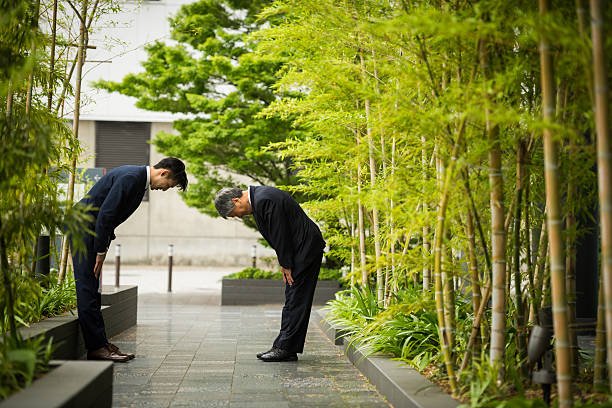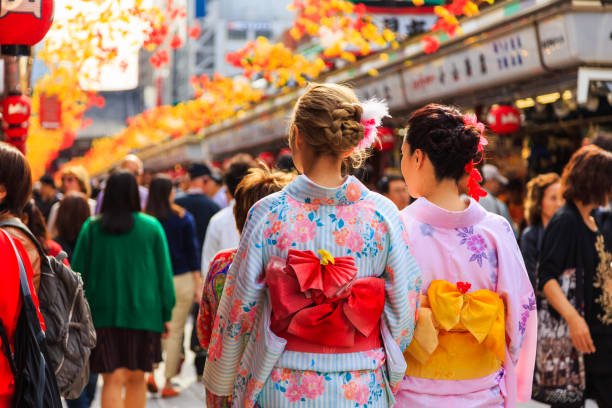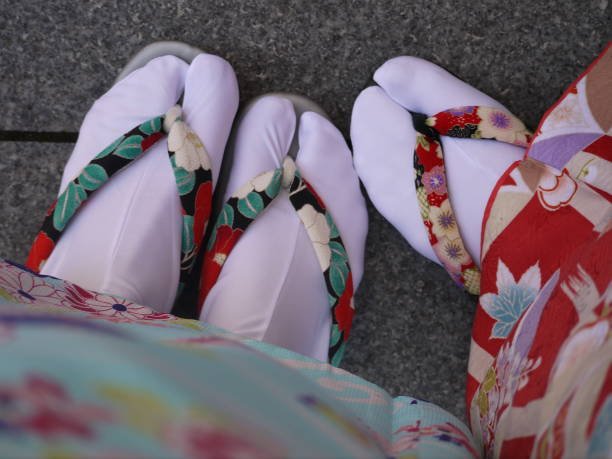Discover the essential do’s and don’ts of Japanese etiquette to ensure a respectful and enjoyable visit, covering cultural norms, dining manners, and social interactions.
Introduction:
Japan is known for its deep-rooted traditions and etiquette, which play a significant role in daily life. For visitors, understanding these cultural norms can enhance their experience and show respect for local customs. From bowing correctly to handling chopsticks properly, learning Japanese etiquette helps build positive interactions with locals. This blog explores essential do’s and don’ts for visitors to navigate Japanese culture smoothly.
1. Greetings and Bowing
In Japan, bowing is the traditional way of greeting, expressing gratitude, and showing respect. The depth and duration of a bow depend on the situation; a deeper bow signifies greater respect. Handshakes are becoming more common but should be gentle. Avoid excessive physical contact, as personal space is highly valued.

2. Dining Etiquette
When dining in Japan, proper table manners are crucial. Do not stick chopsticks upright in rice, as it resembles a funeral ritual. Avoid passing food directly from chopstick to chopstick, another act associated with funerals. Slurping noodles is acceptable and even considered a sign of enjoyment. Saying “Itadakimasu” before eating and “Gochisousama deshita” after finishing a meal is a sign of respect.
3. Public Behavior
Japanese society values harmony and consideration for others. Speaking loudly in public places, such as trains and buses, is discouraged. Eating while walking is generally frowned upon, especially in formal settings. When using an escalator, stand on the left in most regions, allowing others to pass on the right (opposite in Osaka).

4. Proper Footwear Etiquette
In many Japanese homes, temples, and traditional inns, shoes must be removed before entering. Slippers are often provided, but be sure to change into toilet slippers when using the restroom. Walking indoors with outdoor shoes is considered highly disrespectful.

5. Gift-Giving and Tipping Culture
Gift-giving is a valued tradition in Japan. Small souvenirs, known as “omiyage,” are commonly given to express gratitude. However, tipping is not customary and can even be seen as rude. Instead, excellent service is expected without additional monetary rewards.
Conclusion:
Understanding and respecting Japanese etiquette ensures a smoother and more enjoyable visit. Whether following proper bowing techniques, dining customs, or public behavior, being mindful of these cultural nuances demonstrates appreciation for Japan’s traditions. By embracing these etiquettes, visitors can create meaningful and respectful interactions, enriching their overall experience in Japan.












